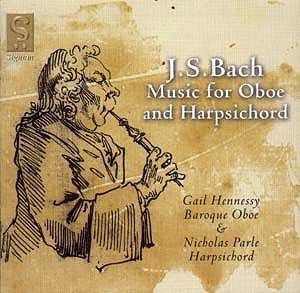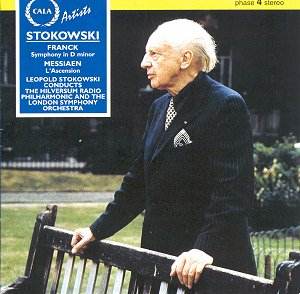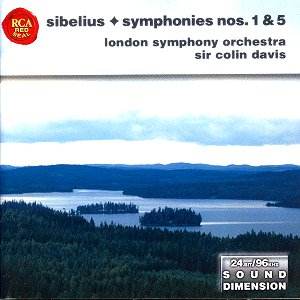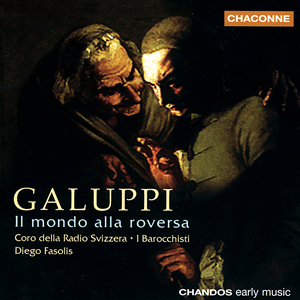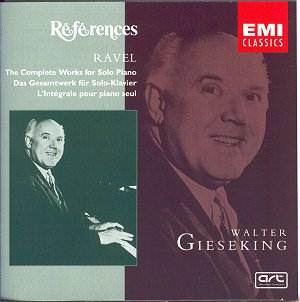 Composer: Maurice Ravel
Composer: Maurice Ravel
Works: Menuet antique, Pavane pour une infante défunte, Jeux d’eau, Sonatine, Miroirs, Gaspard de la nuit, Menuet sur le nom d’Haydn, Valses nobles et sentimentales, Prélude À la manière de Borodine, À la manière de Chabrier, Le Tombeau de Couperin
Performers: Walter Gieseking, piano
Recording: Abbey Road, London 1954
Label: EMI
Maurice Ravel’s oeuvre for solo piano stands as a testament to his intricate interplay of form and color, revealing a landscape where impressionistic textures meet neoclassical structures. Each work encapsulates the essence of early 20th-century French music, reflecting Ravel’s fascination with both the past and the modern. Walter Gieseking’s recording of these complete works from 1954 offers a rare opportunity to revisit Ravel’s rich palette through the lens of one of the most sensitive interpreters of the French repertoire, whose artistry has, regrettably, slipped from the forefront of contemporary discussions.
Gieseking’s interpretation of the Menuet antique immediately immerses the listener in Ravel’s unique blend of nostalgia and modernity. The pianist’s touch is characterized by a delicate clarity that captures the piece’s antiquarian charm while imbuing it with a contemporary vibrancy. The nuanced pedaling in the Pavane pour une infante défunte reveals Gieseking’s extraordinary sensitivity to tone color, particularly at 3:25, where he creates a shimmering wash that beautifully supports the melodic line. His ability to shape dynamic contrasts throughout the piece exemplifies a masterful command of Ravel’s harmonic language without succumbing to excessive sentimentality.
In Jeux d’eau, Gieseking exhibits remarkable fleetness, although one might argue that this rapid execution occasionally blurs the clarity needed for Ravel’s intricate water imagery. The River God’s laughter, as depicted by the cascading notes, is exuberantly realized, yet one could wish for slightly more definition in the passagework. Nevertheless, Gieseking’s two years of study with Karl Leimer inform his interpretative choices, allowing a poetic sensibility to emerge that prioritizes the emotional landscape over sheer virtuosity.
The Sonatine displays Gieseking’s deft touch in its second movement, where his staccato bass notes combined with a wry sense of humor create a delightful tension. The dynamic terracing at 2:59 showcases his exceptional ear for sonority, while the nonchalant flourish of the Anime movement further illustrates his interpretative prowess. In Miroirs, Gieseking’s evocative playing transcends the occasional technical imperfection; in Noctuelles, passages that often elude other pianists are rendered with clarity, enhancing the evocative imagery Ravel intended.
Gieseking’s interpretation of the Valses nobles et sentimentales is particularly striking, with an insouciant whimsy that perfectly captures the playful yet melancholic character of the work. His rhythmic vitality in the Assez animé movement underscores the music’s lively spirit, while the precision in the rapid Vif movement maintains coherence, a feat that many other interpretative approaches struggle to achieve. The tribute to Haydn in the Menuet sur le nom d’Haydn is a charming highlight, where Gieseking’s light pedaling enriches the harmonic piquancy of Ravel’s homage.
The recording quality itself, captured at Abbey Road, retains an intimacy that allows subtle nuances to shine through, although some passages exhibit a slight lack of dynamic variety. Gieseking’s approach to the Fugue in Le Tombeau de Couperin, while eventful, might benefit from a broader dynamic spectrum, yet his clarity in the Forlane stands out, demonstrating a remarkable ability to balance contrast and engagement.
Walter Gieseking’s recording of Ravel’s complete works for solo piano is an illuminating exploration of the composer’s genius, marrying technical prowess with profound musical insight. His artistry, characterized by a vivid imagination and a keen sensitivity to Ravel’s intricate textures, reaffirms his status as a paramount interpreter of French piano music. This recording, despite its age, remains an essential reference point for understanding the nuanced depths of Ravel’s piano repertoire, resonating with listeners who appreciate the intricate dialogue between tradition and innovation.
